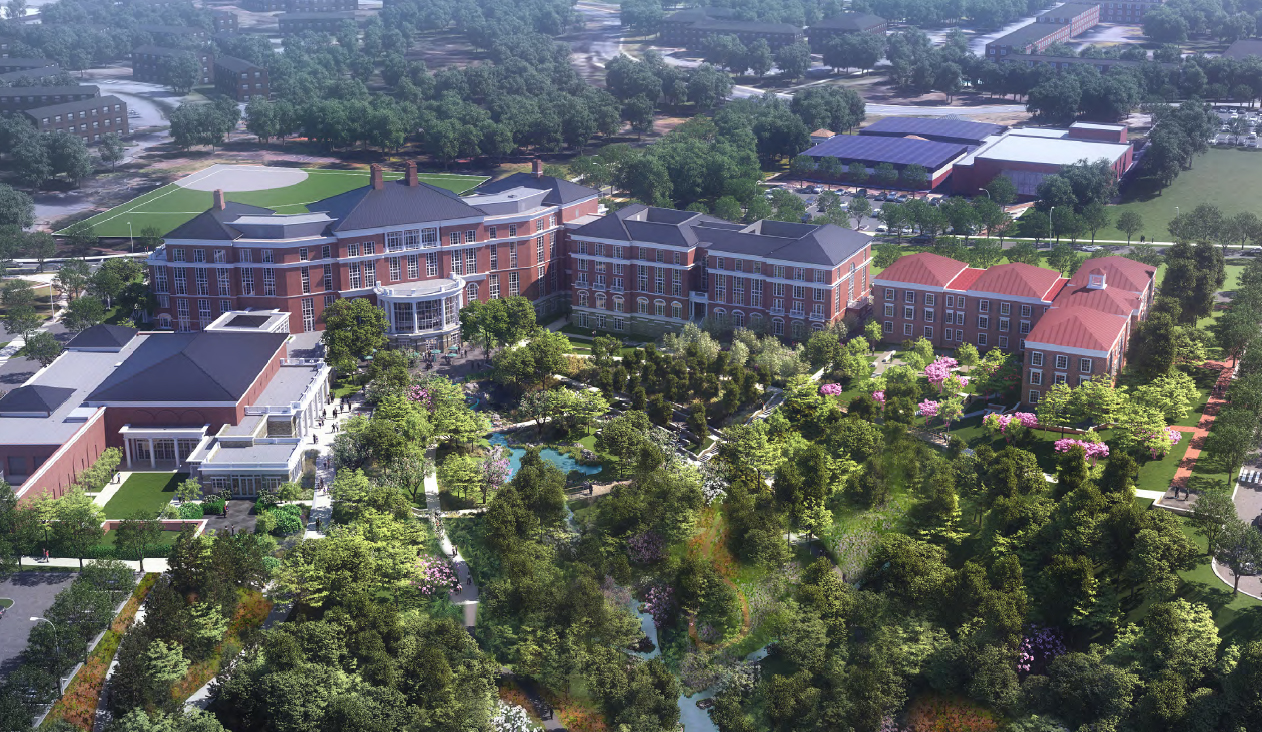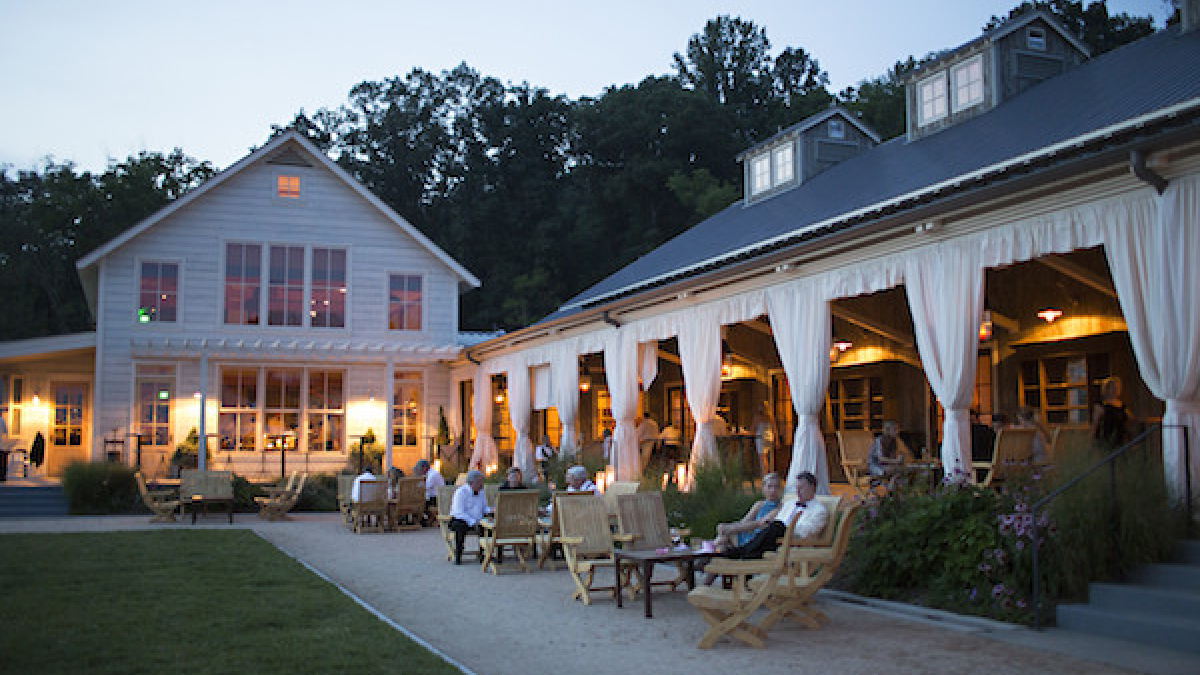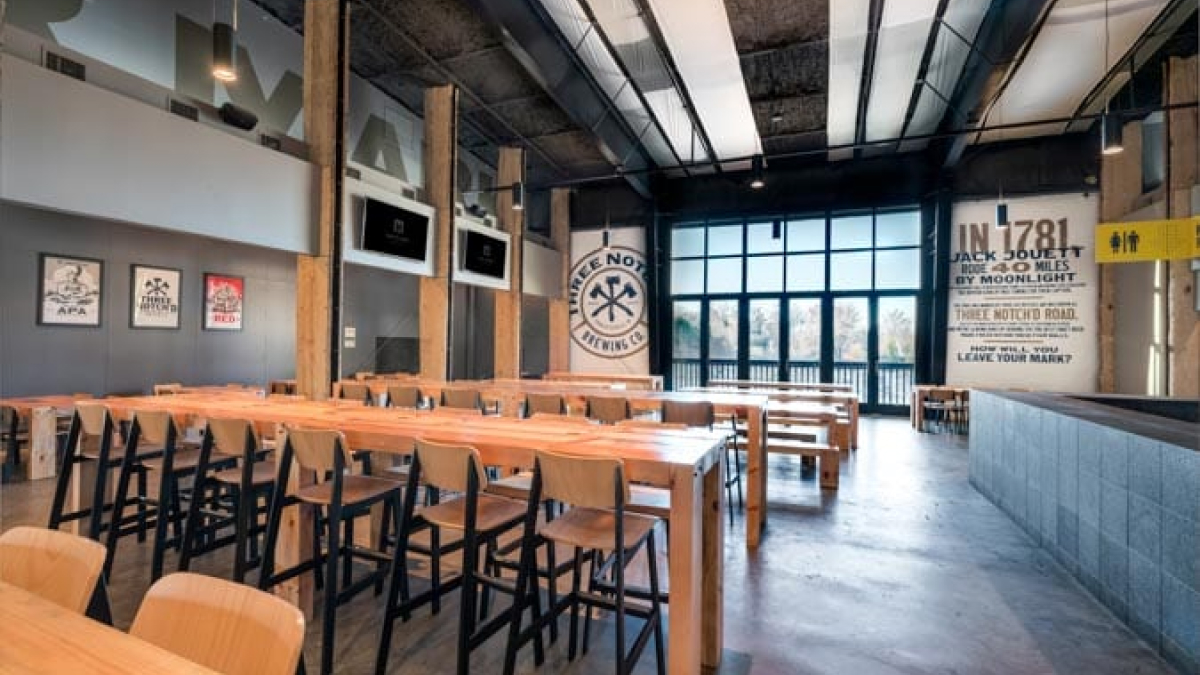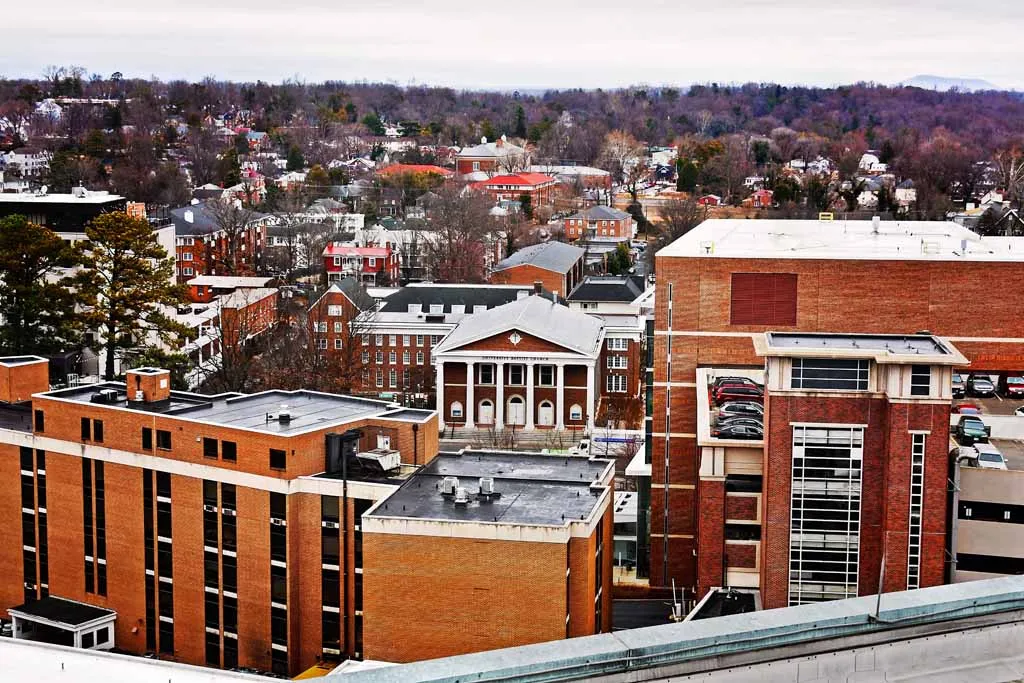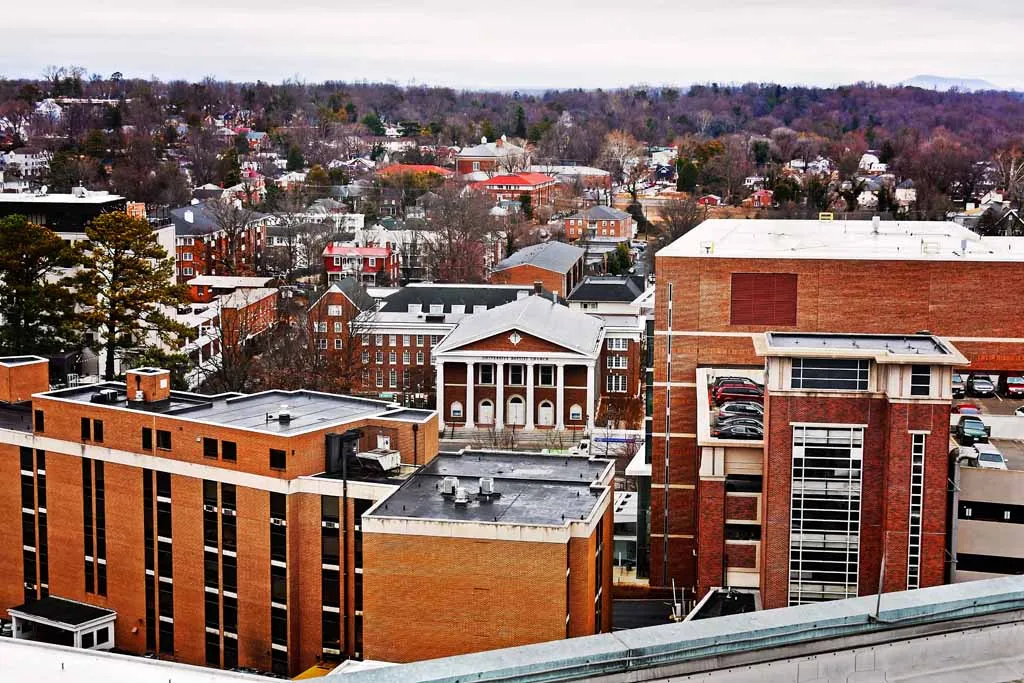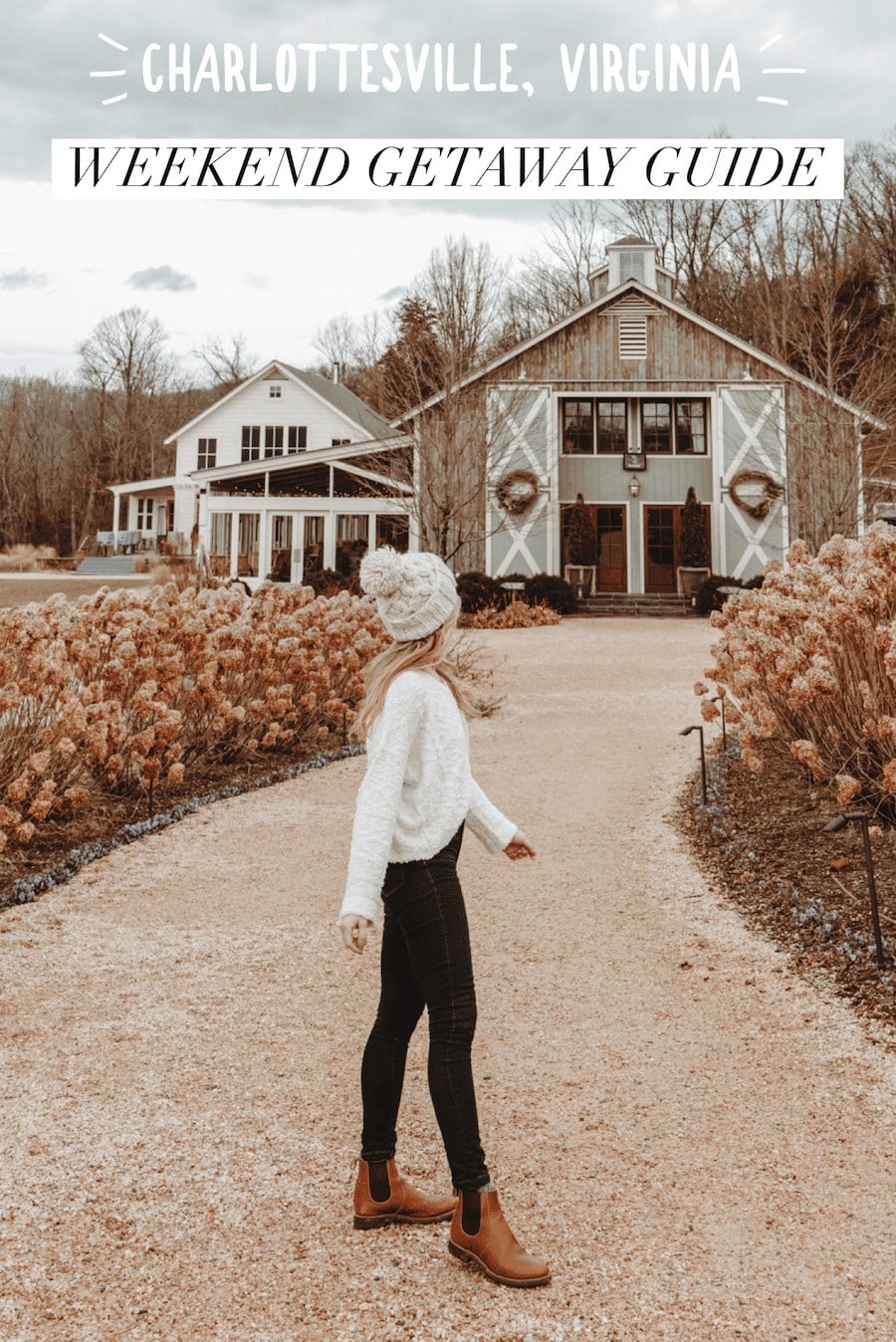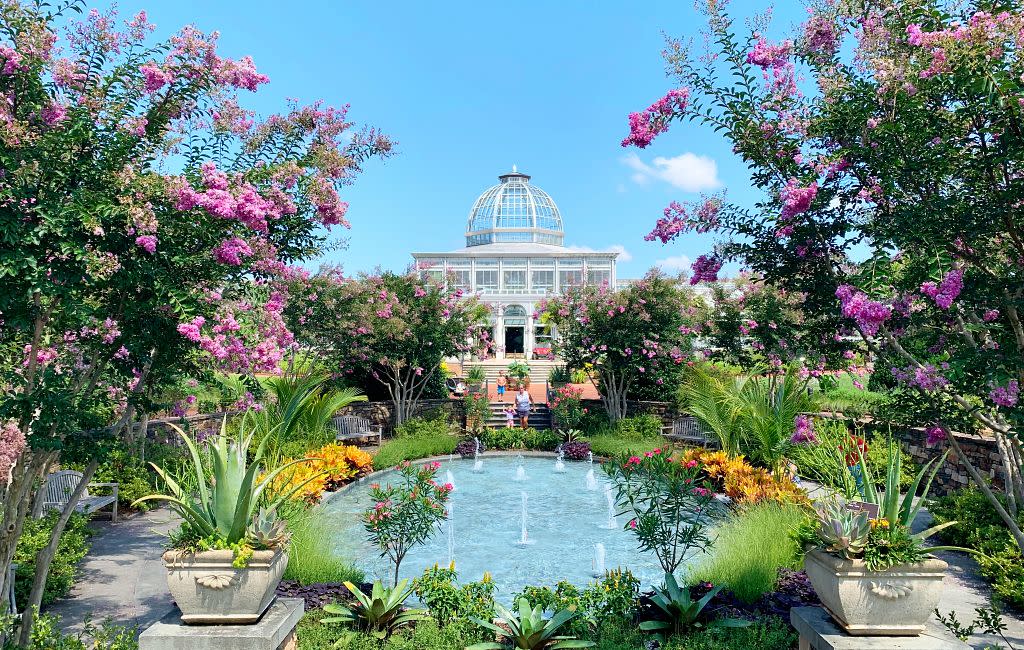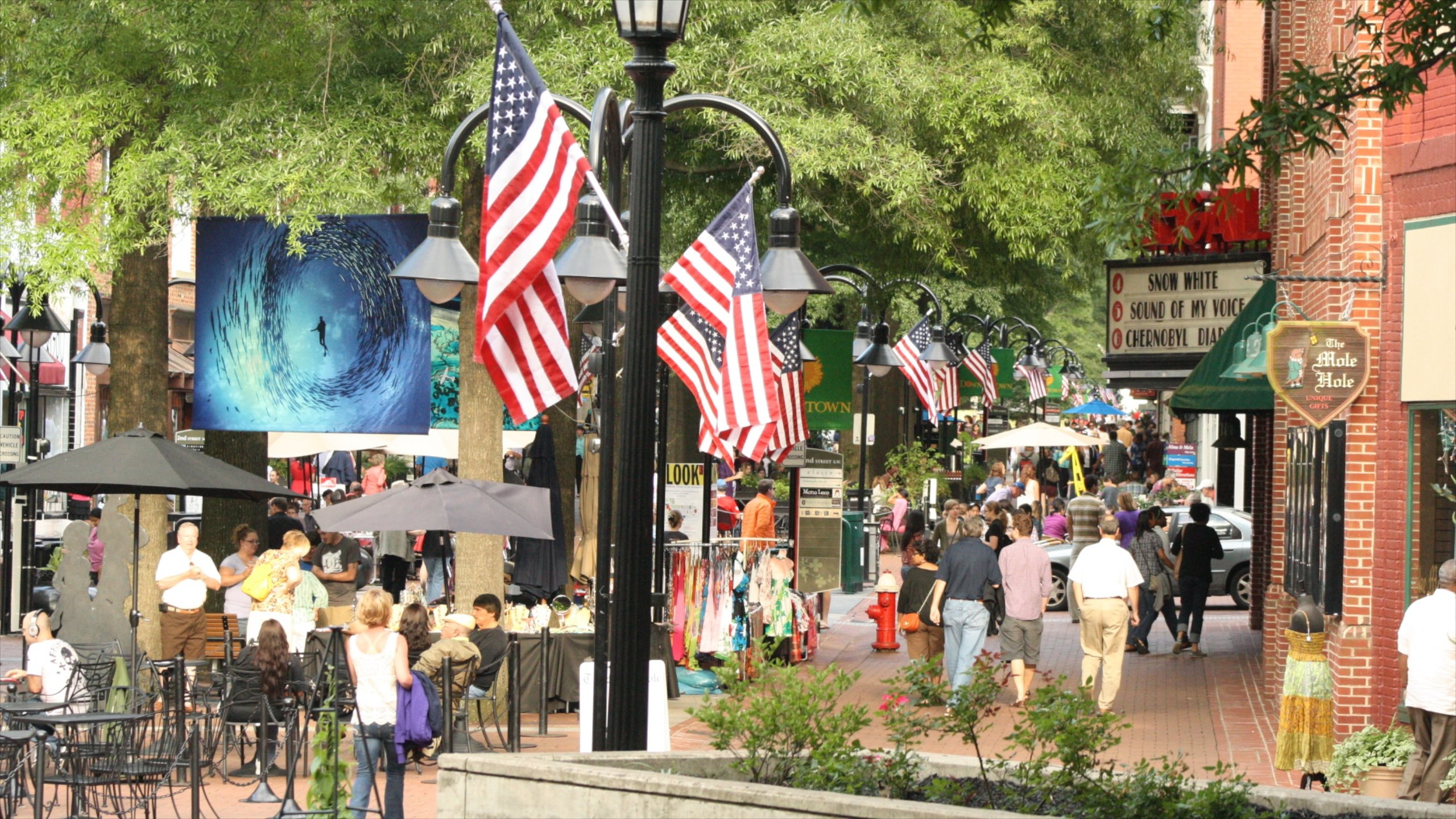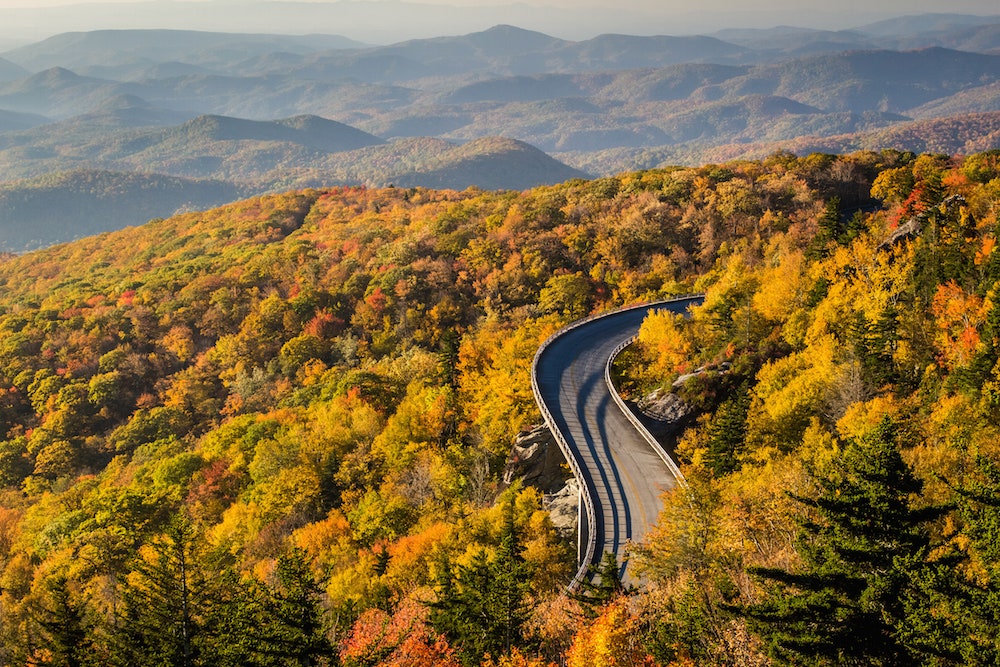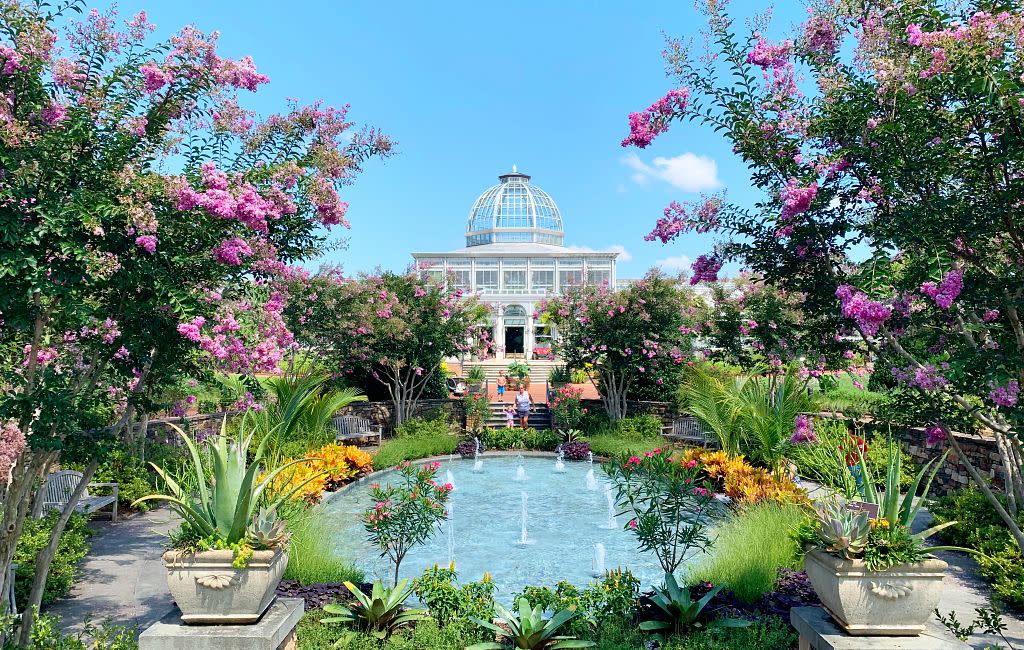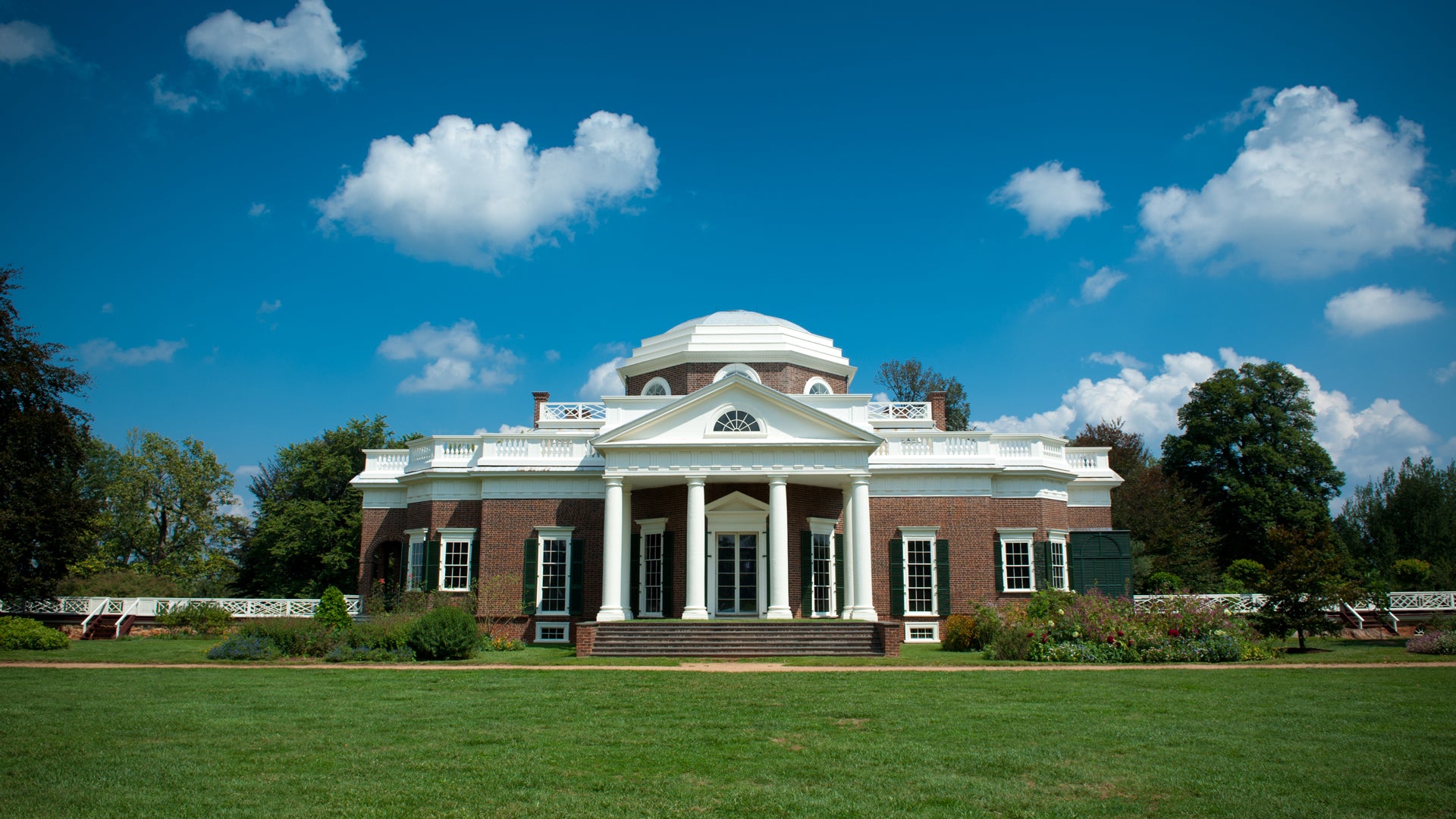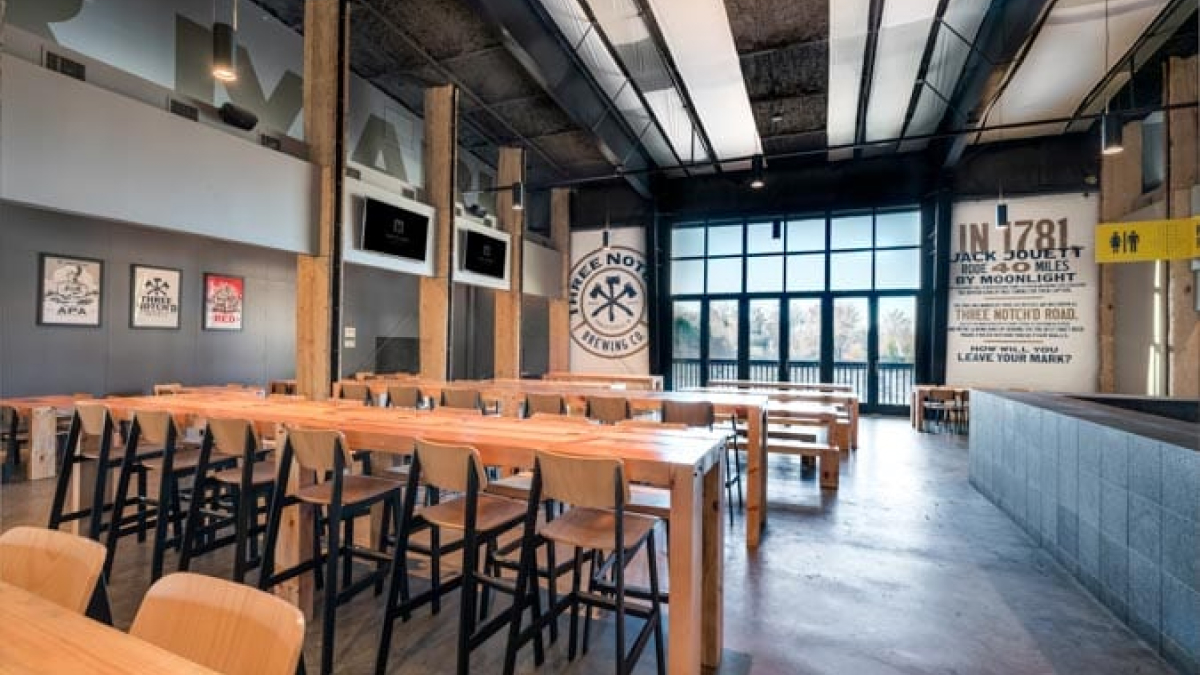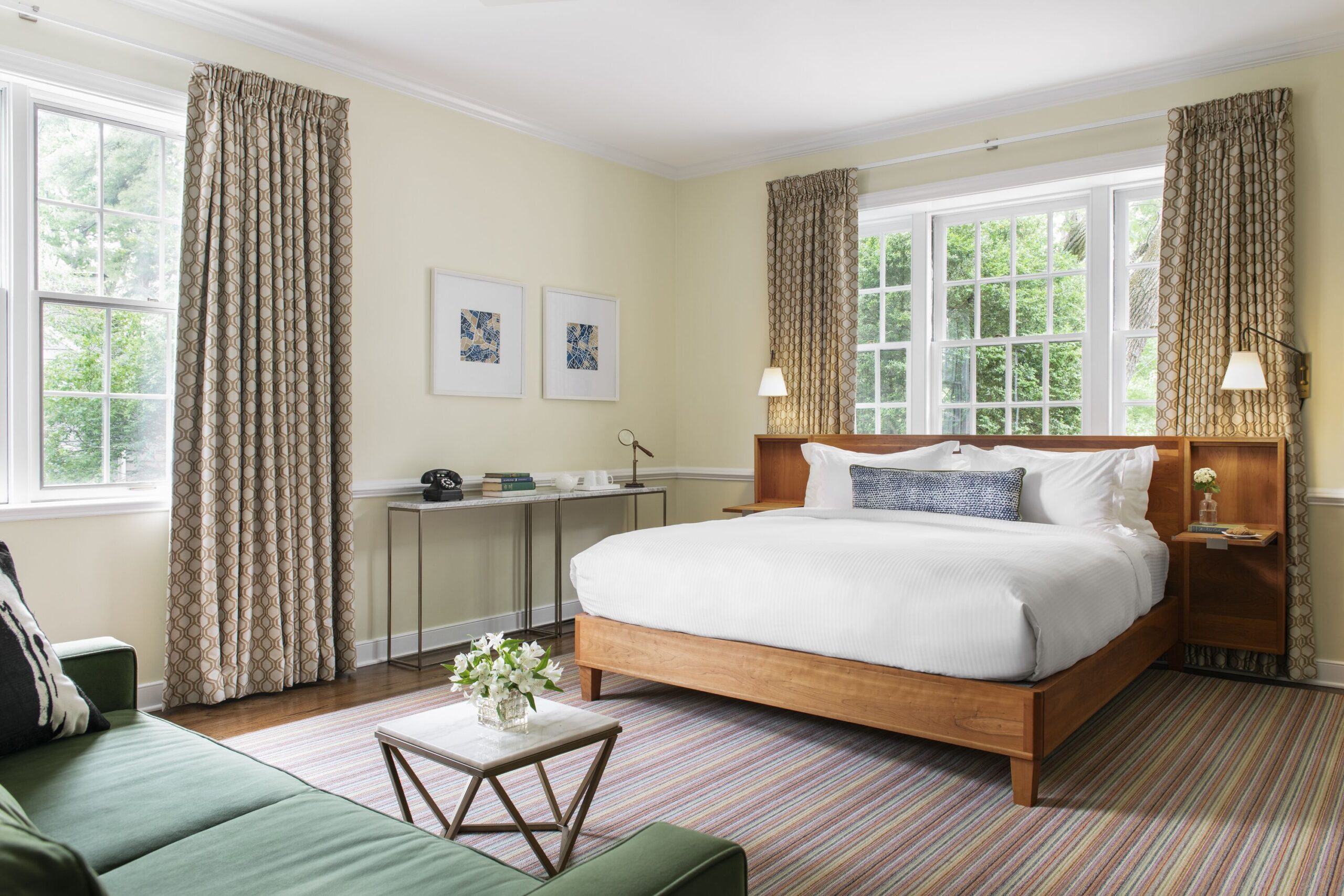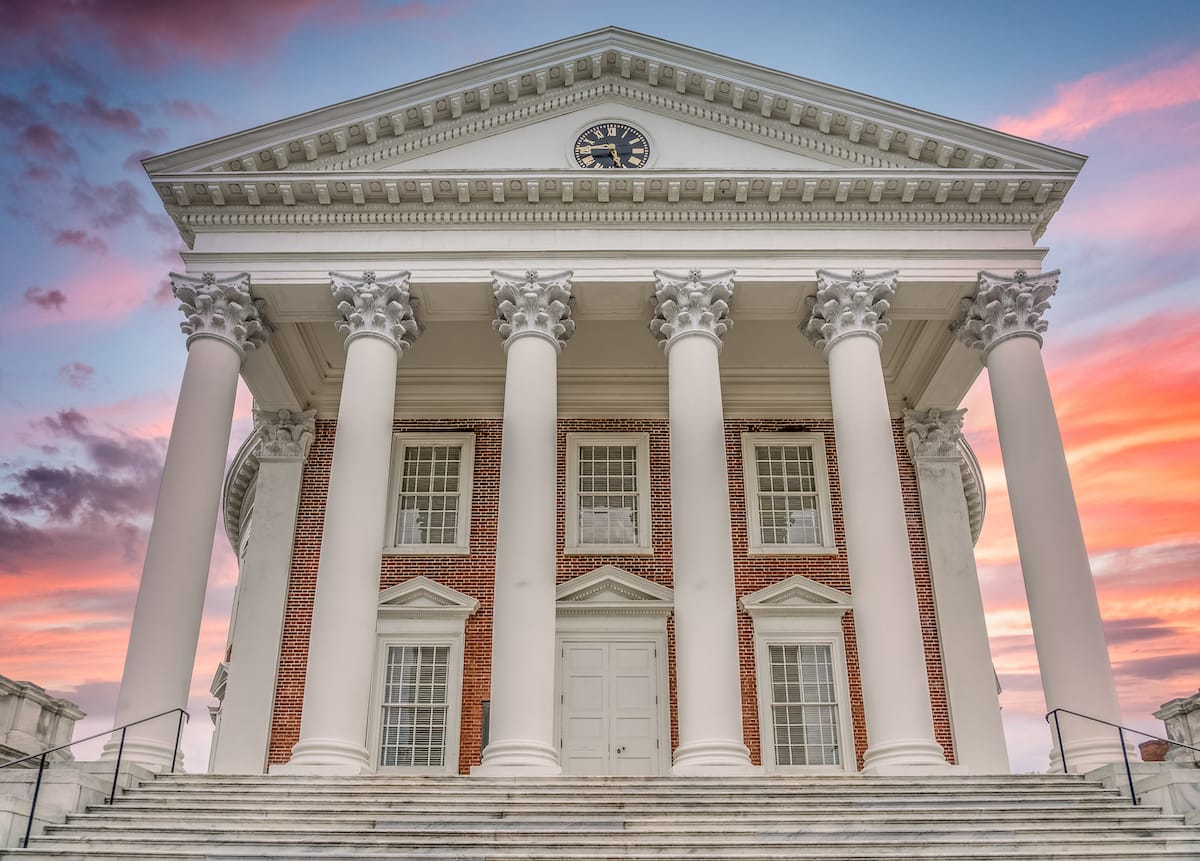
A Tryst with Time: A Local’s Definitive Guide to Charlottesville Historic Landmarks
Step back in time and immerse yourself in the rich tapestry of Charlottesville, Virginia. Our lovely city is a treasure trove of breathtaking historic landmarks. They stand as the symbols of our storied past and steadfast cultural heritage. As we journey through the pages of time, visiting sites where founding fathers walked, architectural marvels that have stood the test of time, and hallowed halls of learning that fostered great minds, we’re sure to deepen our appreciation for Charlottesville’s historic landmarks.
Delving into City’s Past: A Stroll on the Historic Downtown Mall
Located along Main Street, the Historic Downtown Mall is truly the heart and soul of Charlottesville. Vibrant and bustling, this pedestrian-friendly path is lined with over 120 eclectic shops and more than 30 restaurants, offering a snapshot of our city’s past that seamlessly coexists with our thriving present.
-
Paramount Theater: As you walk down the mall, the Paramount Theater stands as an iconic piece of history. Originally opened in 1931, its stunning Art Deco design speaks of glamour and grandeur of the bygone era. In a sense, it epitomizes the city’s quest to keep our history alive while continuing to serve the community. It is now a vibrant cultural venue, which hosts an assortment of live performances like music concerts, theater shows, and classic movie screenings.
-
Sprint Pavilion: Continuing eastward, we find the open-air amphitheater, Sprint Pavilion. While a more modern addition to the cityscape, it captures Charlottesville’s deep-rooted sense of community and its appreciation for art and music. The venue hosts numerous concerts, cultural events, and festivals round the year, providing a space for locals and tourists to connect over shared interests.
-
Old Metropolitan Hall: In the midst of the hustling downtown mall, lies the gracefully preserved Old Metropolitan Hall. Constructed in 1913, this neoclassical building subtly greets you with its understated, yet elegant, glass and iron façade. With a charming ballroom perfect for weddings and events, it’s a worthy stop along any tour of Charlottesville’s historic landmarks.
Celebrating a Founding Father’s Legacy: Thomas Jefferson’s Monticello
Next, we journey to the crowning jewel of Charlottesville, ensconced in the city’s scenic hills: Monticello. It was the plantation of Thomas Jefferson, the third President of the United States and the author of the Declaration of Independence. Today, it stands as a UNESCO World Heritage Site, an architectural marvel, and a testament to Jefferson’s visionary spirit.
Jefferson’s residence
As you approach the estate, the first sight of the mansion is nothing short of awe-inspiring. It’s a testament to Jefferson’s ingenuity, with its whitewashed brick exterior and unique dome stealing the limelight against a picturesque backdrop. European classical architecture, innovations introduced by Jefferson himself, and a deep appreciation of nature and art, are all manifested in the magnificent edifice.
The Garden Pavilion
Thomas Jefferson’s love for nature is evident from the beautifully maintained gardens surrounding the property. Stroll through the vineyard-strewn landscape, and you’ll find yourself in Jefferson’s ‘Eden’. The Garden Pavilion, located at the heart of the property, is surrounded by a kaleidoscope of fruit and vegetable crops, along with an array of ornamental plants, encapsulating a vision where sustenance and aesthetics converge.
The Mulberry Row
While Monticello is a reflection of Jefferson’s aspirations and passions, it also paints a sobering picture of a regrettable chapter in America’s history. The Mulberry Row, once home to Jefferson’s enslaved servants, is a haunting reminder of the injustices of the past. Today, carefully curated interpretive exhibits reveal stories of the people who lived and worked here, offering visitors a nuanced understanding of plantation life in the era of slavery.
Embracing Education’s Past and Future: The Historic University of Virginia
A trip to Charlottesville would be incomplete without spending some time at the University of Virginia, another of Charlottesville’s historic landmarks. Founded in 1819 by Thomas Jefferson himself, the campus is a living testament to Jefferson’s belief in the transformative power of education.
The Rotunda
At the northern point of the university’s central open space, The Lawn, stands the Rotunda. Modelled after Rome’s Pantheon, it was designed by Jefferson to represent the “authority of nature and power of reason”. Today, it serves as the university library and a venue for public lectures, continuing to inspire generations of scholars.
The Lawn
Stretching out from the foot of the Rotunda is The Lawn, a vibrant hub of university life. It serves as the historic and symbolic core of the university, with student rooms, faculty offices, and even classrooms housed in the elegantly designed pavilions and colonnades that line its edges.
Pavilions and Student Rooms
The ten pavilions that dot The Lawn each exhibit a distinct architectural style, representing different facets of classical architecture. In between them, student housing units provide an authentic living-learning experience, making the university a living, breathing historical site.
Recalling a Past Presidential Era: Ash Lawn-Highland
Another gem in Charlottesville’s historic landmarks is Ash Lawn-Highland, the home of President James Monroe, a contemporary and close friend of Jefferson. Nestled within rolling hills and lush woodlands, this humble estate provides a fascinating glimpse into the life of the country’s fifth president.
As you explore the estate, you’ll encounter archaeological sites, well-maintained gardens, and original farm equipment bearing testament to the estate’s farming history. Alongside this, are engaging demos like heirloom crafting and historic games, other compelling tales of a past era.
Savoring Historical Artistry: McGuffey Arts Center
Our last stop is the McGuffey Arts Center, set in a charming 1916 school building. This artist cooperative provides local artists a space to create, display, and sell their work. Visit the studios and you may catch a glimpse of an artist deep in creation, making this venue a beautiful blend of history, art, and community.
In conclusion, there’s a profound sense of history deeply woven into every corner of Charlottesville, Virginia. We hope this local’s guide to Charlottesville’s historic landmarks equips you with enough knowledge to inspire a visit. Ready for your tryst with time? Your journey into history awaits your footprints in delightful Charlottesville. Remember, history repeats itself only for those who pay attention! Never stop exploring!
